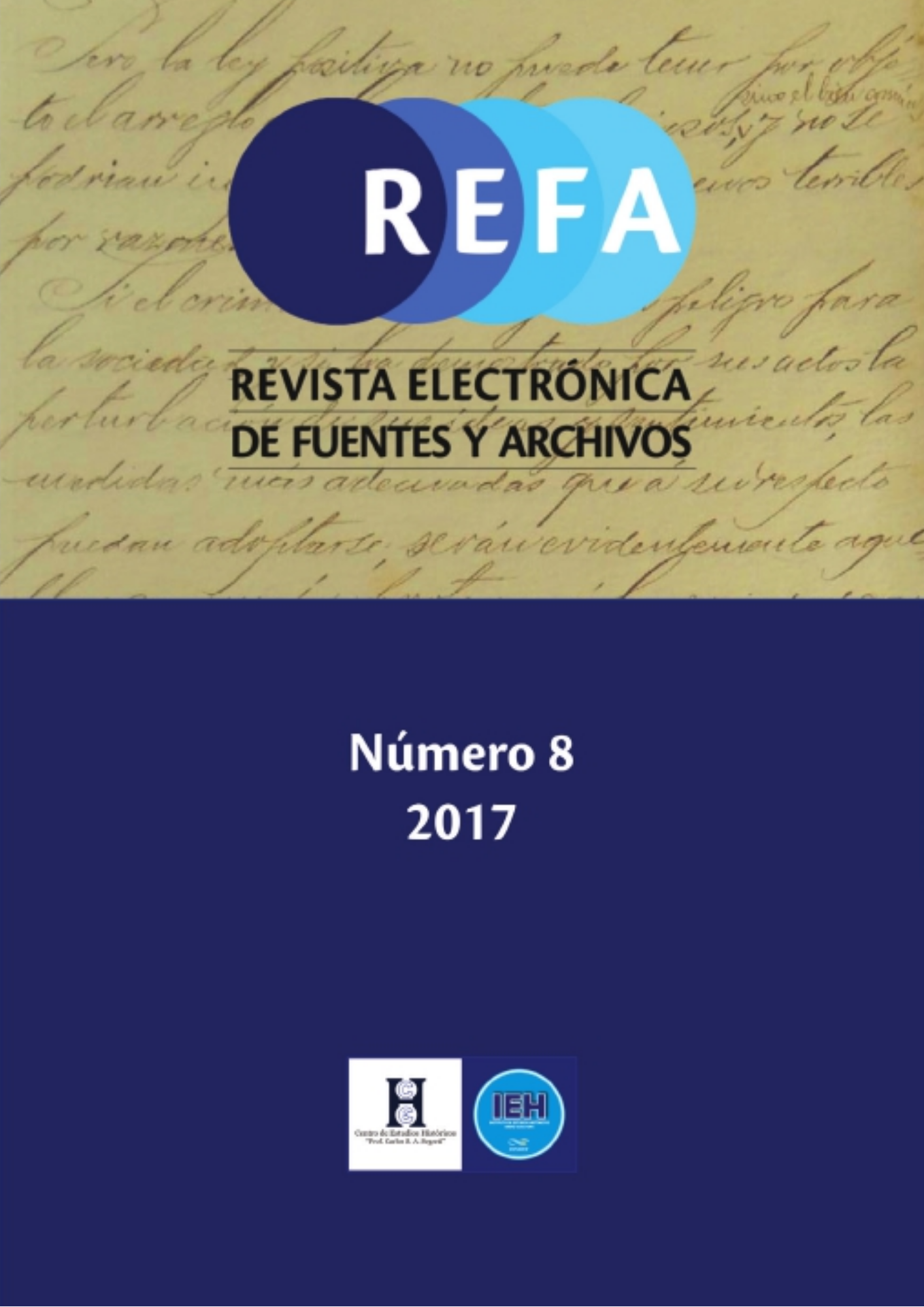Carpani archive: images and documents for new readings on the relations between art and politics in Argentina
Keywords:
Ricardo Carpani, artist's archives, art and politics, ArgentineAbstract
Ricardo Carpani (1930-1997) was the creator of unmistakable images among the history of the social
art in Argentina. His drawings circulated in numerous posters that wallpapered the cities during
the sixties and the beginning of the seventies, they constituted marks of a visual culture of the period.
Since 2015, an interdisciplinary team is taking forward a project of cataloging and research on this
archive located at the Instituto de Investigaciones sobre el Patrimonio Cultural of Universidad Nacional
de San Martín (IIPC/Tarea-UNSAM). The aim of this article is to give an account of the particularities
of the Carpani Archive, the materiality of its documents and some conceptual and historiographic
considerations around it. The documents of the Carpani Archive are a key to develop new readings
of one of the most impacting imaginaries produced by a national artist along the 20th century.
Downloads
References
BONELLI Ana, “Las ilustraciones de Ricardo Carpani y los escritos de Luis Leopoldo Franco. Materialidad, arte y política (1960-1990)”, II Coloquio Argentino de Estudios sobre el Libro y la Edición, Universidad Nacional de Córdoba, Universidad Nacional de La Plata, Universidad Nacional de San Martín, Córdoba, 2016.
SONEIRA Ignacio, La estética de la revolución. Obra y pensamiento de Ricardo Carpani, Buenos Aires, Facultad de Filosofía y letras, Tesis de doctorado, 2018.
WOLFSON Mariano y Pablo RODRÍGUEZ, Carpani [documental, 83 min.] Buenos Aires, 1995.
Downloads
Published
Issue
Section
License
Copyright (c) 2017 Ana Bonelli, Larisa Mantovani, Aldana Villanueva, Yanina Toledo

This work is licensed under a Creative Commons Attribution-NonCommercial-ShareAlike 4.0 International License.
Se puede compartir (copiar y redistribuir el material en cualquier medio o formato) y adaptar (remezclar, transformar y construir a partir del material), siempre que: a) se cite la autoría y la fuente original de su publicación (revista, editorial y URL de la obra); b) no se use con fines comerciales; c) la distribución de las obras derivadas se haga con una licencia igual a la que regula la obra original.




















